Are Lucky Charms Bad for Kids? (I was SHOCKED by what a dietitian said)
This article may contain affiliate links (which basically means if you buy something from a link on my site, I get a small percentage kickback from it.) However it’s no extra cost to you and it simply helps support this blog. Thank you so much for being here! I so appreciate you and hope you enjoy reading my articles!
Let’s be real—mornings with kids can be hectic. Between getting everyone dressed, finding that missing shoe, and packing lunches, breakfast often ends up being whatever is quickest. That’s where those sugary, brightly colored cereals like Lucky Charms come in. They’re easy, fun, and let’s face it, a total lifesaver when your little one is refusing anything else. But what if this seemingly convenient breakfast option is setting our kids up for health problems we might not notice until later?
It’s frustrating, isn’t it? These cereals are marketed to us as part of a "balanced breakfast," making it even harder to say no when you’re rushing out the door. But why are products packed with sugar, artificial dyes, and almost no real nutritional value allowed to be promoted as healthy for our kids? I was even more shocked when a registered dietitian said that Lucky Charms are “fine.” ?!?!?!? I knew I had to write an article on this.
If you've ever felt uneasy about serving these cereals but didn't know what else to offer, you're not alone. Let’s dive into the reality of these sugar-filled breakfast foods, the impact they can have on our children’s health and family wellness and what a truly balanced, kid-friendly breakfast can look like.
The Truth About Sugary, Dyed Cereals
Most sugar-filled cereals, like Lucky Charms, are high in refined sugars and contain artificial dyes and additives. A single serving of Lucky Charms (¾ cup) has about 12 grams of sugar, which is roughly three teaspoons. For context, the American Heart Association recommends that children between the ages of 2-18 should consume no more than 25 grams (or about six teaspoons) of added sugar per day. This means that just one small bowl of sugary cereal can take up nearly half of a child’s daily sugar limit in one sitting—and that’s before considering the other foods they may eat throughout the day.
In addition to the sugar, these cereals often contain artificial dyes like Red 40, Yellow 5, and Blue 1 (watch out because brands are using sneaky new names for colored dyes because people are catching on to their negative health consequences…but remember they are still the same harmful ingredient). Check out my previous article on how to avoid red dye 40. These synthetic dyes have been linked to behavioral issues in children, such as hyperactivity and attention problems. Some countries have even banned or require warning labels on foods containing these dyes due to their potential health risks, but they’re still widely used in the U.S. This raises the question: why are these cereals allowed and promoted?
Why Are These Cereals Allowed and Promoted?
The promotion of sugary cereals to kids is deeply rooted in profit-driven marketing. The global breakfast cereal market is a multi-billion-dollar industry, and companies invest heavily in advertising, particularly targeting children. Brands like Lucky Charms, Froot Loops, and Cocoa Puffs use bright colors, fun characters, and even cartoons to capture kids’ attention. These marketing strategies create brand loyalty from a young age, hooking children on sugary cereals and making them household staples.
Plus, lobbying by the food industry plays a significant role in shaping what is allowed on supermarket shelves and what is promoted as part of a "balanced diet." Large food corporations often lobby against stricter regulations on sugar content and the use of artificial dyes, as these ingredients are inexpensive to produce and provide a significant profit margin. This financial power influences dietary guidelines and marketing regulations, allowing products loaded with sugar and additives to be labeled and promoted as suitable for children.
Even in the article I saw about this and mentioned above, at the bottom it said," “I have partnered with General Mills and their Big G cereals, but my words are my own, and I believe it is important to deliver sound nutritional advice. For more information on General Mills cereals, please visit GeneralMills.com.”
She partnered with General Mills…one of the largest food companies in the United States. Mind blown, right? Like of course, it was a sponsored article to downplay the negative health benefits of this crappy breakfast food industry that honestly should be illegal.
The Health Consequences for Kids
Eating sugary, artificially dyed cereals regularly can have several negative impacts on a child’s health:
Blood Sugar Spikes and Crashes: High sugar intake can lead to quick spikes in blood sugar, followed by a crash. These fluctuations can affect children’s energy levels, mood, and concentration, which is particularly concerning when they need to focus at school.
Increased Risk of Obesity: Sugary cereals are calorie-dense but nutrient-poor, providing little nutritional value. Regular consumption can lead to excessive calorie intake, increasing the risk of childhood obesity, which is associated with a host of health problems such as type 2 diabetes, heart disease, and joint issues.
Behavioral Issues: Some studies suggest a link between artificial food dyes and behavioral problems in children, including hyperactivity and attention difficulties. While research is ongoing, many parents have reported noticeable behavioral changes in their children after consuming foods containing artificial dyes.
Dental Health: High sugar intake, especially in cereals that tend to stick to teeth, contributes to tooth decay and cavities. This can lead to painful dental issues and a lifetime of oral health problems if not managed early on.
As the Parent, Take Control of Your Pantry and Set the Tone for Family Wellness & Generational Health
As parents, we set the tone for our family's health. What we bring into the house directly influences how our kids view food, what they’ll reach for, and how they’ll fuel their bodies—not just now, but for the rest of their lives. If those sugary cereals are sitting in the pantry, the begging is inevitable, and on those busy mornings, it’s all too tempting to give in for the sake of a quick and easy start to the day.
But here’s where we have the power: we get to choose what comes into our homes. We have the power to either promote family wellness or generational health conditions. By being empowered with real family wellness information, you can confidently make decisions that align with long-term health for your kids. When you know the true impact of sugar-filled cereals—how they can lead to energy crashes, poor focus, and even contribute to the risk of chronic diseases—it becomes easier to say “no” at the grocery store.
This isn’t about depriving our kids of fun breakfast options. It’s about teaching them how to fuel their bodies to feel their best and setting the stage for generational wellness. Our choices today play a huge role in helping them develop lifelong habits that will protect their health, reduce their risk of chronic conditions, and support their overall well-being.
Unfortunately, chronic diseases like obesity, type 2 diabetes, and heart issues are becoming more common in children. The habits we encourage now can make a significant difference in their futures. By avoiding those sugar-filled, artificially dyed cereals and choosing wholesome, nourishing foods instead, we’re showing our kids how to take care of their bodies, understand what real nutrition looks like, and ultimately live healthier lives. It’s about setting a positive tone for your family’s health and creating a legacy of wellness that can be passed down to future generations.
What a Healthy Breakfast Should Look Like for Your Kids
A healthy breakfast is crucial for kids, setting them up for a day of steady energy, focus, and balanced moods. It’s about providing whole foods that are rich in nutrients, protein, fiber, and healthy fats. Here are some simple and nutritious breakfast ideas to replace those sugar-filled cereals:
Greek Yogurt Parfait: Layer unsweetened Greek yogurt with fresh fruits like berries or banana slices, a sprinkle of hemp or chia seeds, and a drizzle of honey. This option provides protein, fiber, and natural sugars, promoting a slow and steady energy release.
Overnight Oats: Mix rolled oats with milk (or a dairy-free alternative), chia/hemp seeds, and a splash of vanilla extract. Top with fruits, nuts, and a little honey or maple syrup. Prepare this the night before for a quick grab-and-go breakfast.
Avocado Toast: Spread mashed avocado on whole-grain toast and top with a sprinkle of Himalayan sea salt or a boiled egg. This breakfast offers healthy fats, fiber, and protein to keep kids full and satisfied. My kids love avocado toast using sourdough and a couple drips of lemon juice and sea salt!
High Protein Cottage Cheese Egg Bites: Make a batch of high protein cottage cheese egg bites using organic, pasture raised eggs or backyard eggs, chopped vegetables (like spinach, bell peppers, and tomatoes), and an organic meat. These egg bites can be stored in the fridge and warmed up for a nutritious breakfast packed with protein and vitamins.
Healthy Protein Smoothie: Blend spinach, banana, berries, Greek yogurt, and a handful of nuts or seeds for a nutrient-rich smoothie. This breakfast is not only delicious but also full of fiber, vitamins, and protein. Check out my super affordable Healthy Smoothie ebook that has amazing smoothie recipes for kids.
Nut Butter and Fruit: Pair apple or banana slices with almond or peanut butter. This quick breakfast provides a good mix of fiber, protein, and healthy fats to start the day right. This isn’t enough for a full breakfast but you can pair this with avocado toast or a healthy protein smoothie!
Make Better Breakfast Choices for Family Wellness
While cereals like Lucky Charms and other sugar-laden brands are fun and convenient, they aren’t the best choice for our kids' health. The combination of high sugar content, artificial dyes, and low nutritional value can lead to various health issues, from blood sugar spikes to long-term concerns like obesity and behavioral problems.
The reality is that these products continue to be marketed and sold due to the significant profits involved and the influence of food industry lobbying on dietary recommendations. However, as parents and caregivers, we have the power to make informed choices. By opting for whole, nutrient-dense foods, we can give our kids a healthier start to their day, supporting their growth, development, and well-being.
Swapping sugary cereals for balanced breakfasts doesn't have to be complicated. Focus on incorporating natural, whole ingredients like fruits, whole grains, nuts, seeds, and proteins into your kids' morning meals to support true family wellness. These changes can help them maintain steady energy, improve focus, and build a foundation for lifelong healthy eating habits.
Ready to Take Charge of Your Family Wellness?
Join the Nourished Life Course today! Learn how to create a balanced, healthy lifestyle for you and your family with easy-to-follow guidance, expert tips, and practical solutions. Let’s ditch the overwhelm and start making wellness a part of everyday life.
Click here to get on the waitlist or enroll now and start your journey towards a healthier, more nourished family!






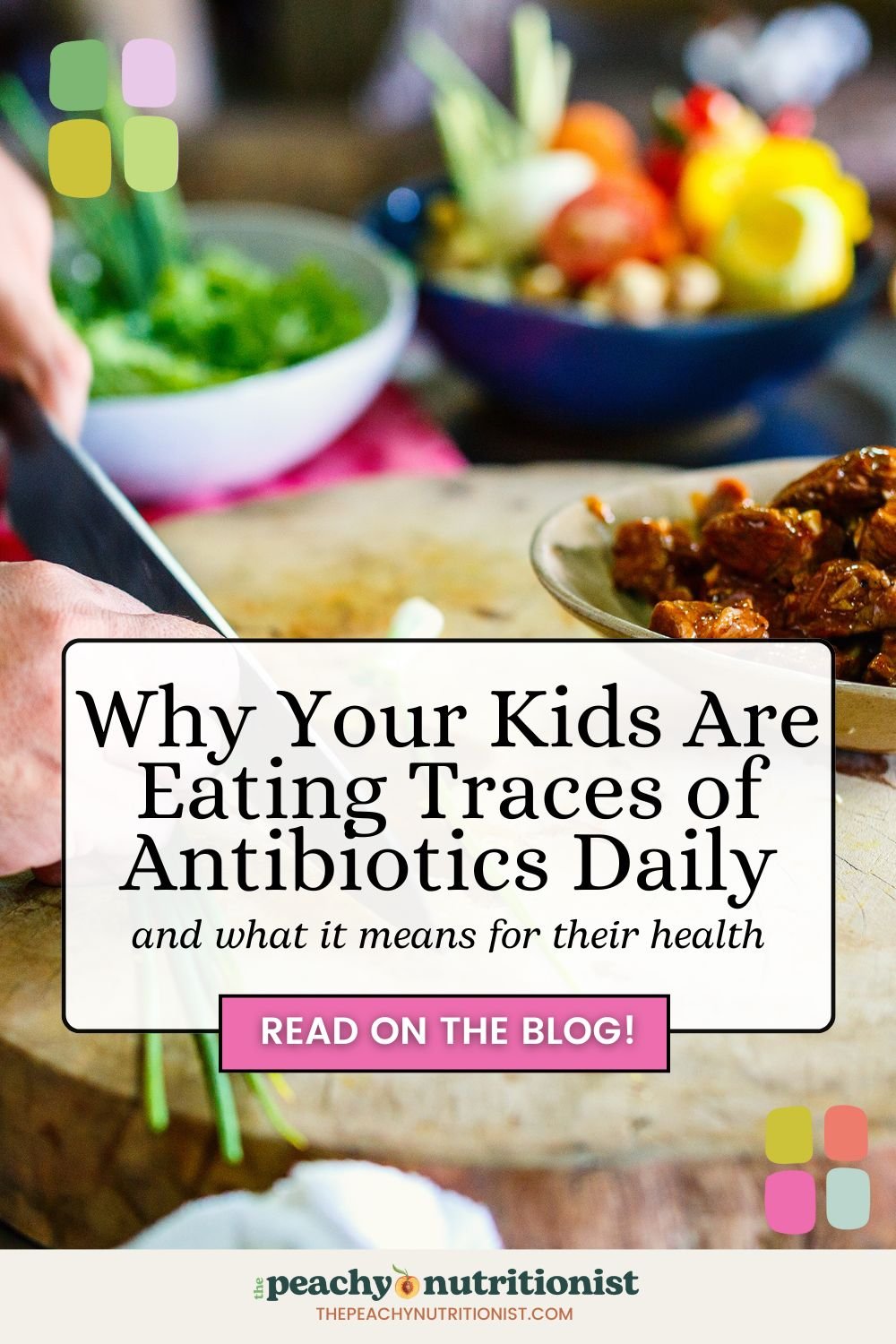












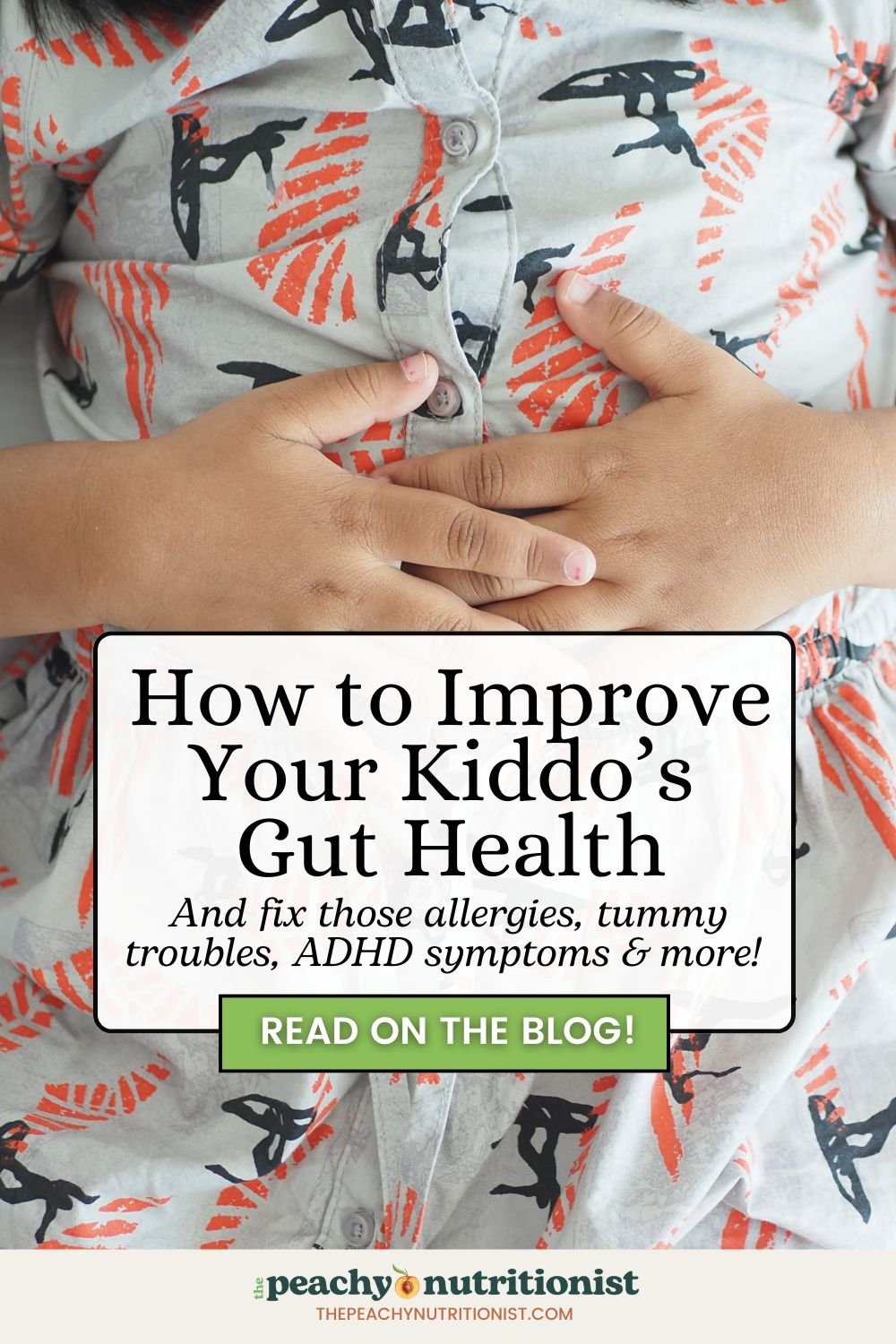
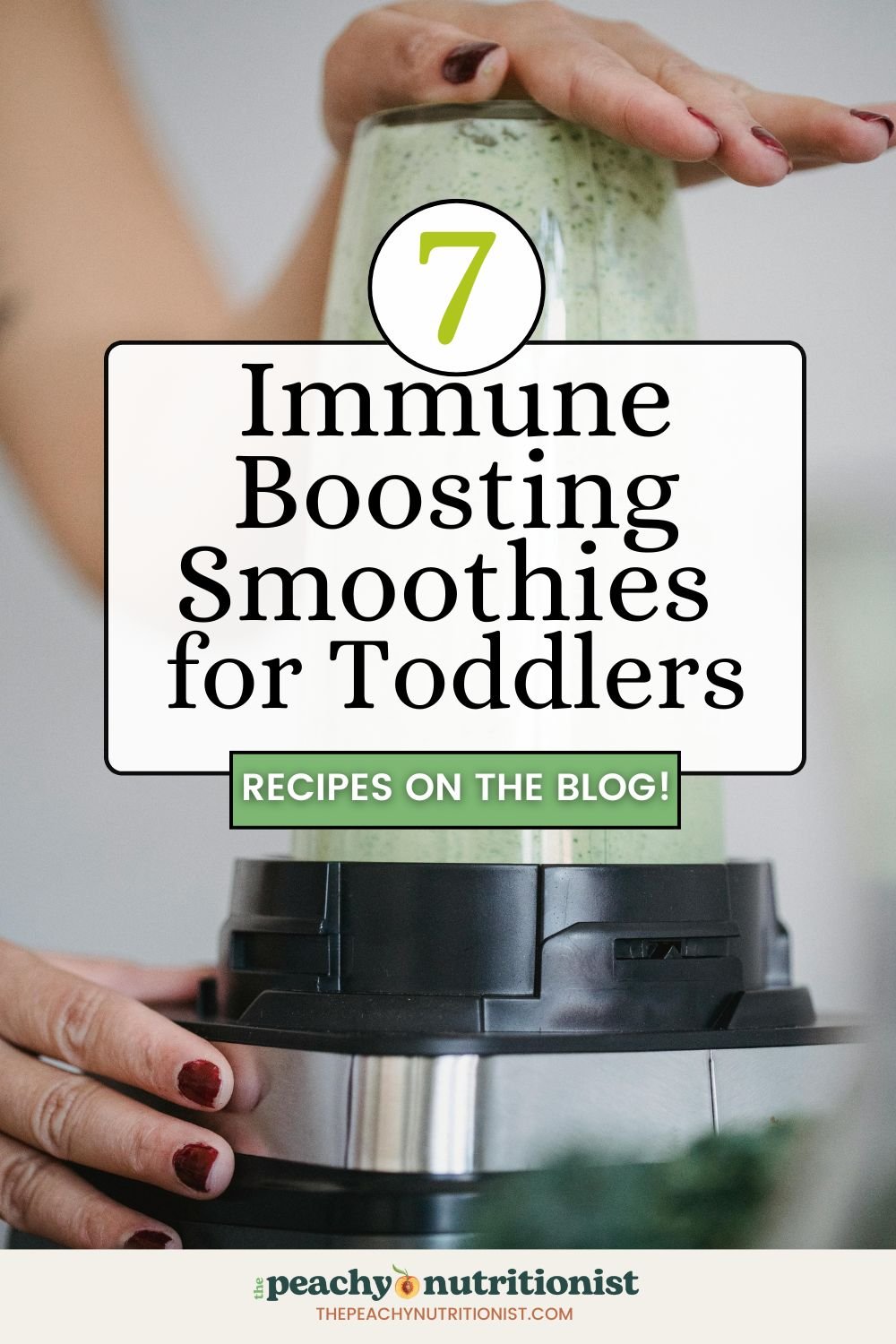

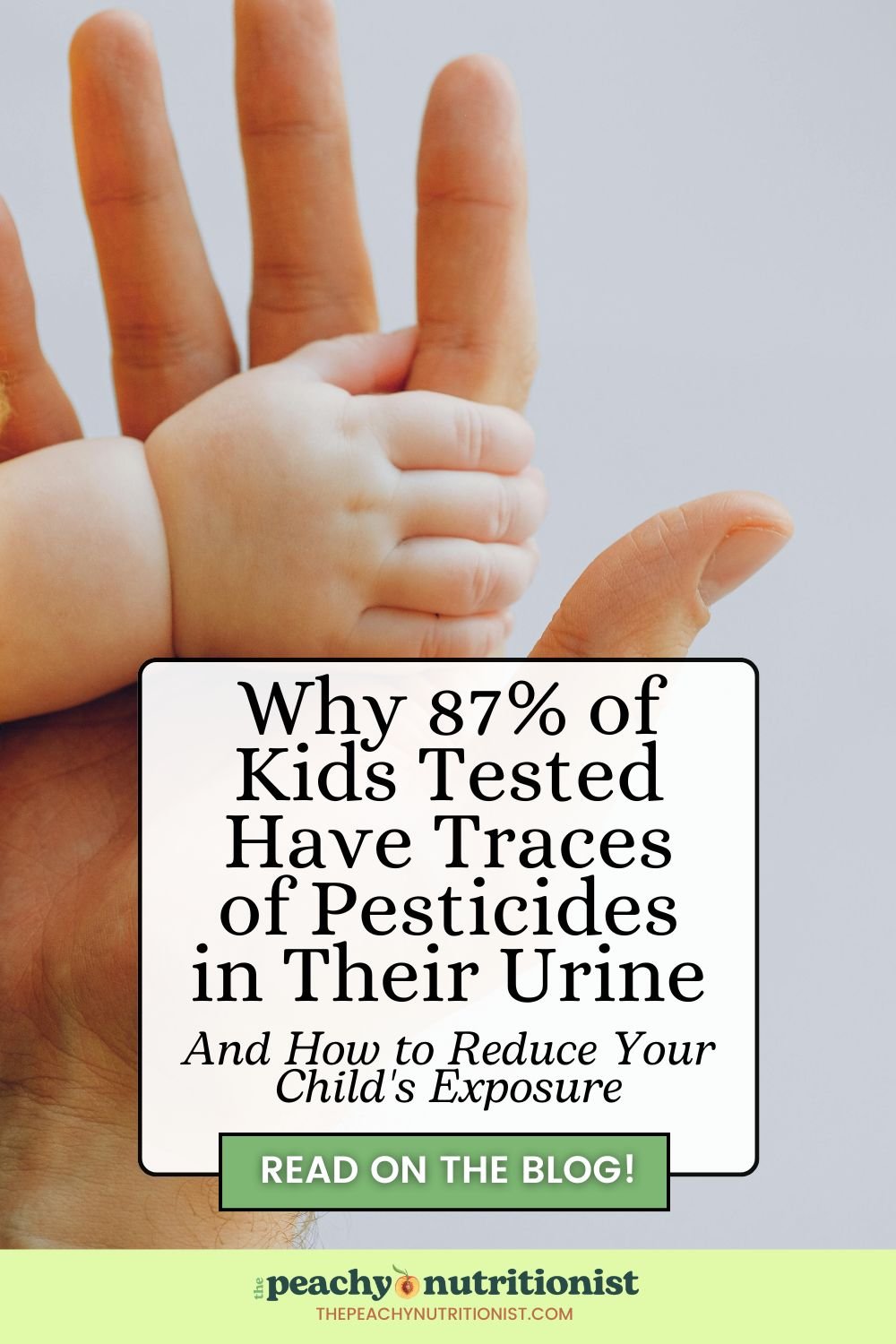





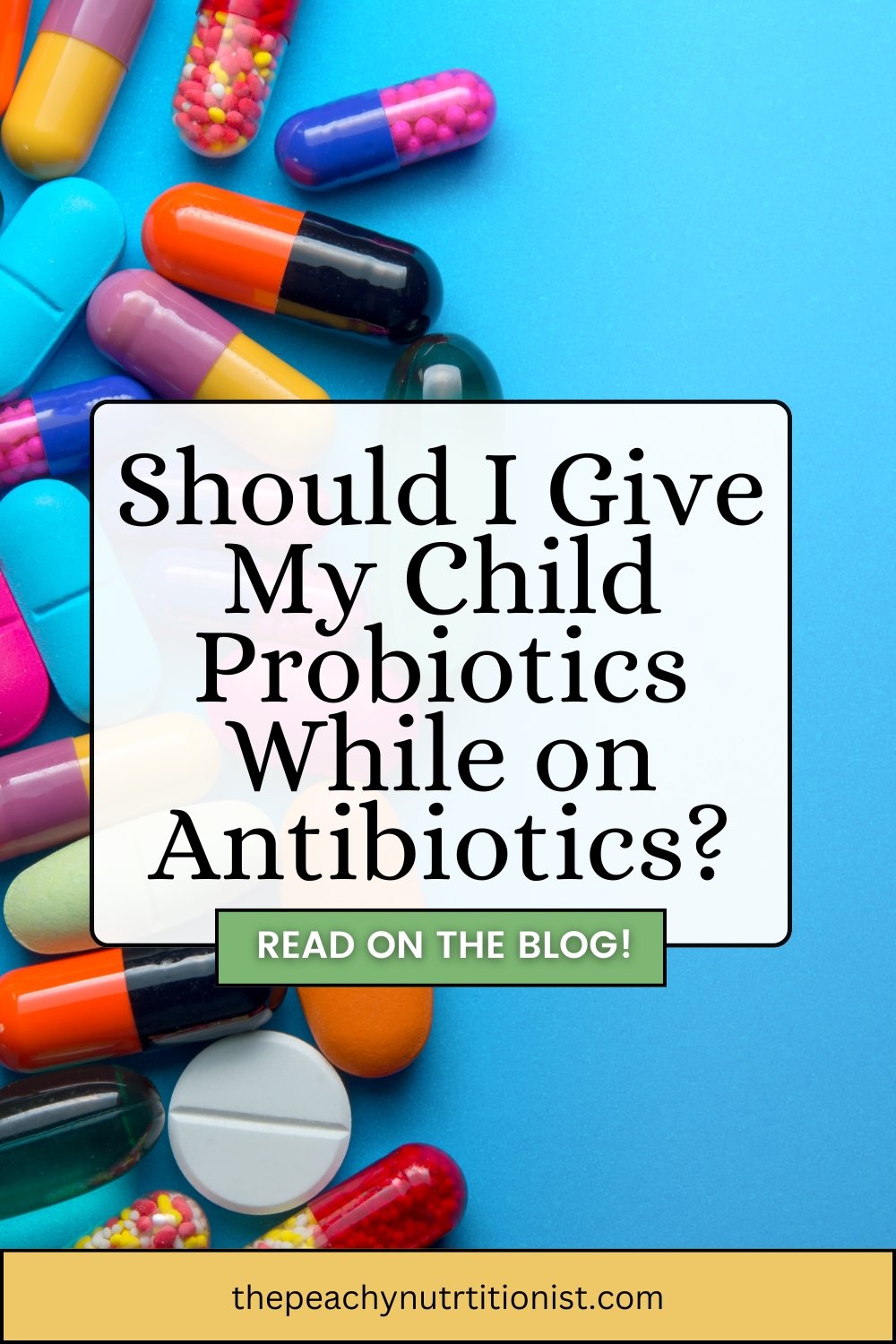
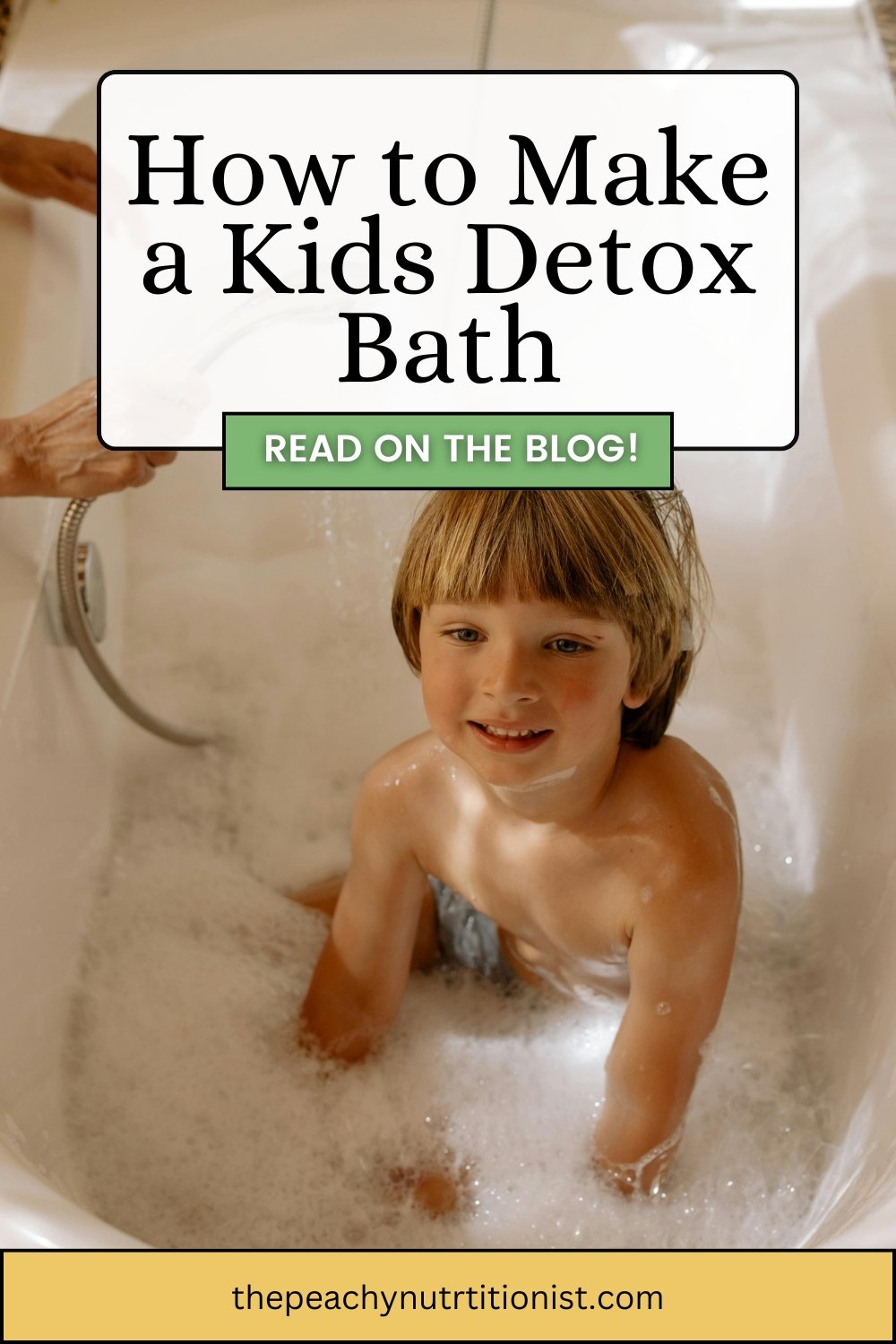

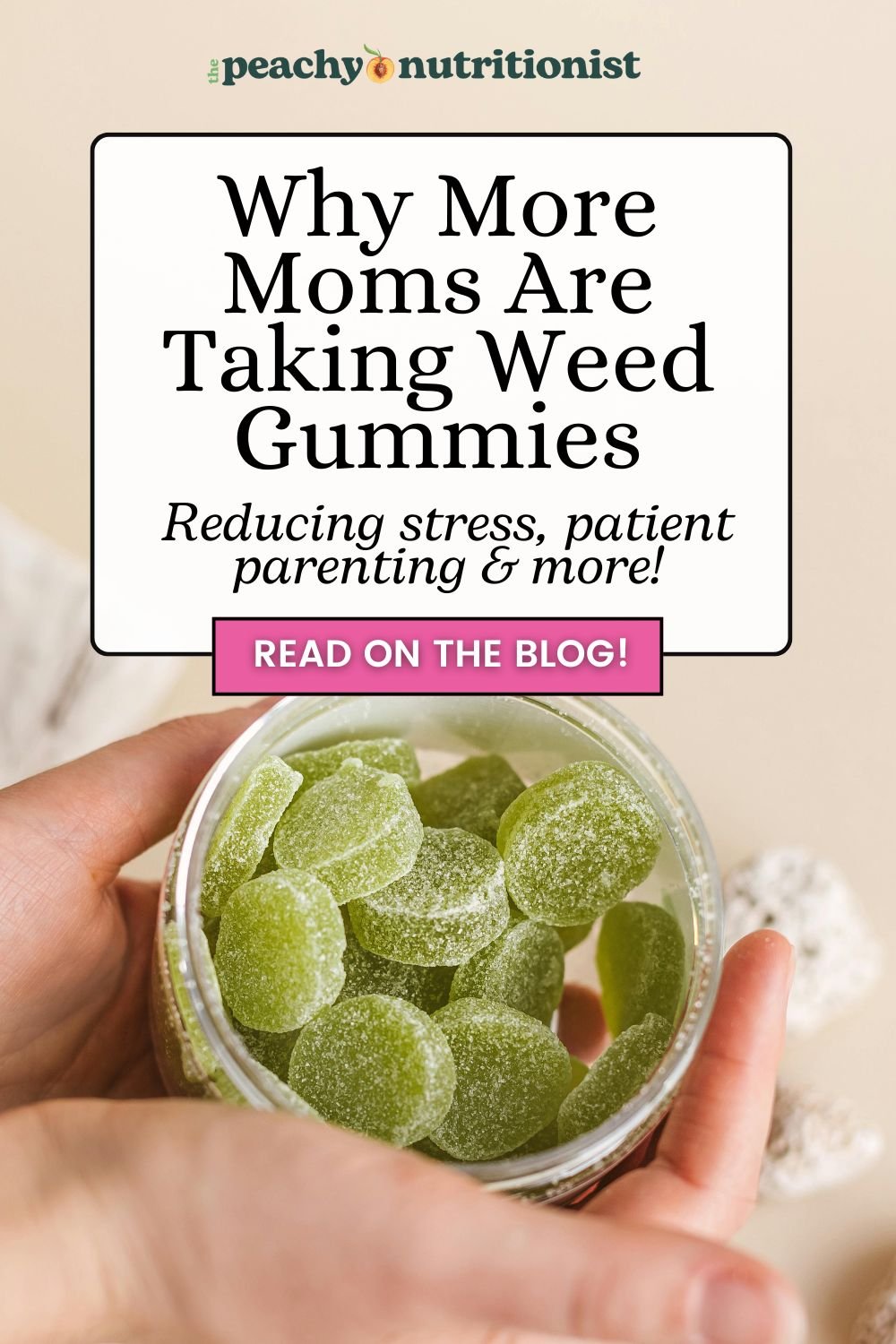
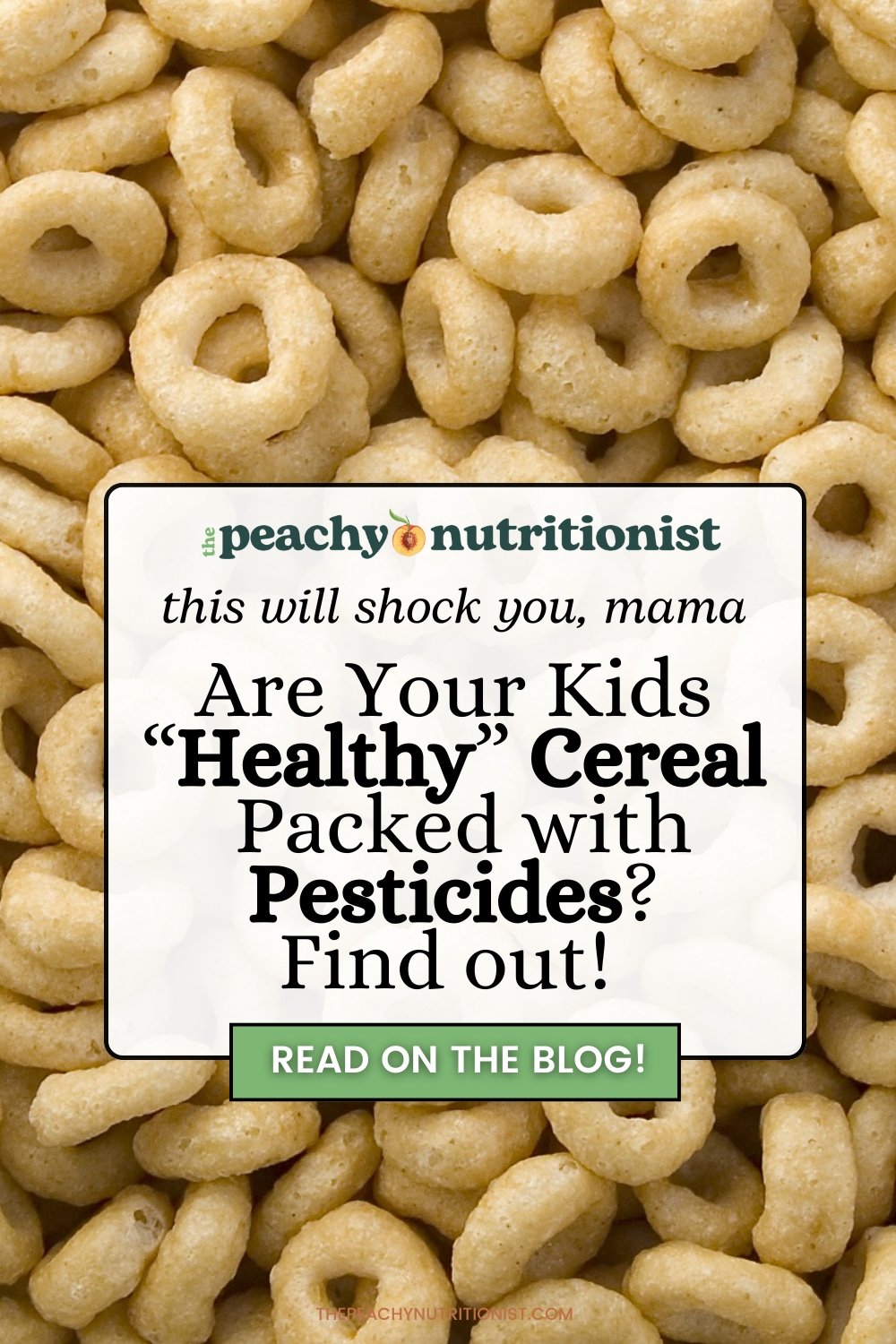

Need ideas for healthier Valentine’s Day candies for kids? Check these out! Links included!